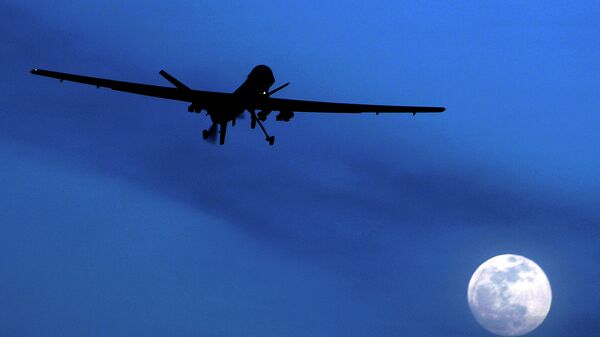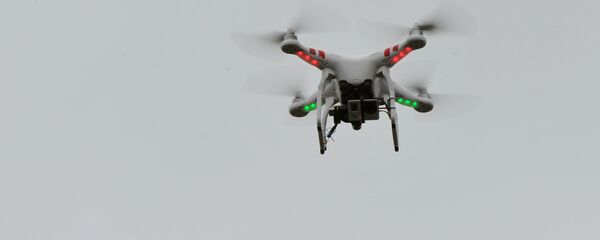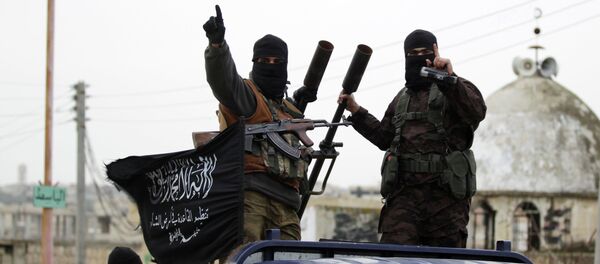The video claims that a homemade body shield "will prevent the Predator's infrared cameras from detecting a human's heat signature. By day, a camouflage version will hide them from the same prying eyes, says the video posted last month to a jihadi Twitter account," Rowan Scarborough, a Washington Times' reporter, wrote in his article "Terrorists adapting to avoid US drones."
Mr. Scarborough qualifies the video as a vivid example of how al-Qaeda insurgents are studying American military tactics and developing measures to counter them. The 16-minute video shows a step-by-step process of creating a body shield: the homemade insulation is made of body-size tarps covered by aluminum foil and glued together, forming a "sort of an aluminum sandwich."
Using the official Defense Department video of the Predator's capabilities, AQAP claims, that the drone will be unable to detect a fighter hiding inside the insulation. The insulation is portable and can be refined by attaching tree branches or camouflage patterns.
It still remains unclear whether the body shield "actually works," notes Rowan Scarborough, quoting a US Central Command spokesperson, as saying:
"For operational security reasons, we wouldn't discuss the possible effectiveness or ineffectiveness of specific enemy [tactics, techniques and procedures] nor would we speculate on how they derive their information."
Citing Longwarjournal.org, Rowan Scarborough points out that President Obama has increased the number of drone strikes in Yemen significantly: "after only a handful of strikes in Yemen through much of the 2000s," the United States "launched 41 alone in 2012, 26 the next year and 23 last year." However, despite the growing number of drone attacks, AQAP continues commit acts of violence against local government and security forces.
"Our long drone war against AQAP has been remarkably ineffective. Awlaki was killed, but AQAP now controls much of Yemen and acts at will there.
They are clearly not cowed, not afraid, not on the defensive," stresses Robert Spencer, the director of JihadWatch.org, as quoted by the Washington Times.
Moreover, "potential negatives" of the HVT program "include 'strengthening an armed group's bond with the population' and 'radicalising an insurgent group's remaining leaders'," the media outlet emphasized citing the leaked report.
On the other hand, analysts have repeatedly pointed out the excessive collateral damage caused by the American drone strikes. According to the data, collected by the Bureau of Investigative Journalism and released in November 2014, US drone attacks aimed at the elimination of 41 terrorists in Afghanistan, Pakistan, Somalia and Yemen in the past ten years, have claimed the lives of 1,147 people, mostly peaceful civilians and children.






